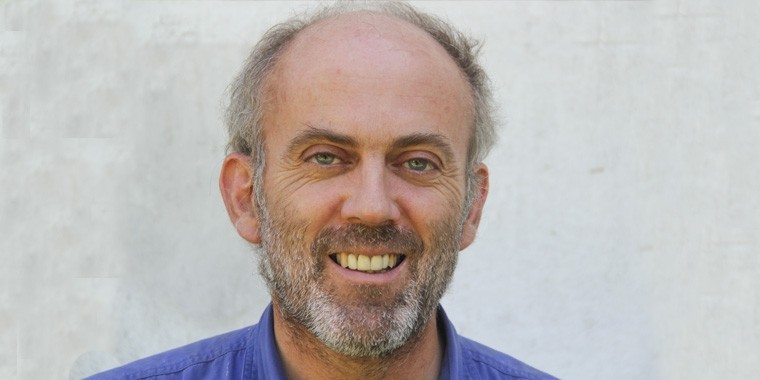As a farmer of mostly marginal arable land I’ve taken a keen interest in the latest ‘market outlook’ for cereal growers published by the Agricultural and Horticultural Development Board (AHDB). The report examines the likely consequences for grain growers on marginal land of the rapid withdrawal of BPS payments in England over the next few years.
You don’t have to be David Eudall, head of arable market specialists at AHDB, to know that the more marginal a farmer’s land the more dependent he or she is likely to be on subsidy payments to make ends meet. Mr Eudall speculates in his report that a combination of post-Brexit liberalised trade policy for cereals and oilseeds might cause a significant drop in UK arable commodity output as farmers give up the struggle as the BPS is withdrawn.
He also makes the point that this drop in production might be even more pronounced if the government’s proposed Environmental Land Management Scheme (ELMS) is generous in paying arable farmers either to give up their arable production or switch to less intensive and less productive arable systems to reduce greenhouse gas emissions.
On much of my downland soils, I’m troubled by shallow soil depth and large flints, while my heavier Wealden land is prone to flooding and is of a clayey texture which makes it difficult to create a suitable seedbed in a difficult season. All of these factors, of course, tend to have a negative impact on my average crop yields or increase my growing costs. The sharp edge of a flint the size of a football is no respecter of a brand new radial tractor rear tyre even if it does cost well over £1,000 excluding VAT.
So I could not agree more with Mr Eudall that a significant proportion of English arable land might not continue in production once the BPS is gone. I have always been highly sensitive to agri-environment scheme incentives, but I often wonder how many of my arable farming colleagues fully factor in the ‘opportunity cost’ of rejecting agri-environmental payments on marginal arable land? It’s all very well making a ‘profit’ from grain production by including the BPS payment in the gross margin, but might not countryside stewardship payments have offered a more secure income?
So, much will depend on the nature of the ELMS, and it is little short of a scandal that farmers still haven’t got much idea what form the payments will take or how generous they will be. If the payments provide arable subsidies, like paying farmers generous sums to min-till (to reduce the CO2 emissions associated with ploughing), then arable production might well continue on marginal land. But if the payments are small, poorly devised or impractical then I think Mr Eudall is right: expect a huge crash in output from English arable farming as growers are faced with big trading losses unless they cease production on their poorer land.




